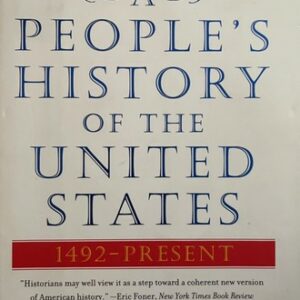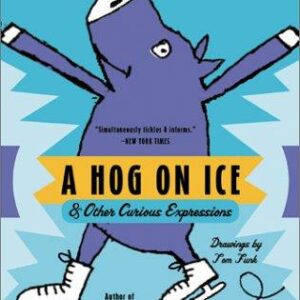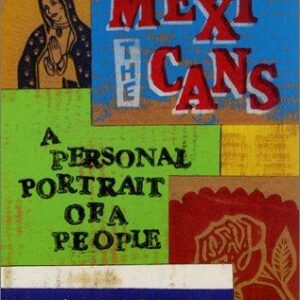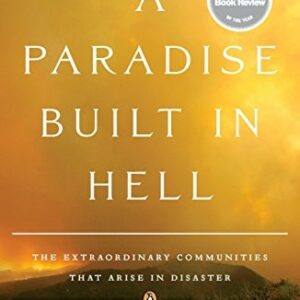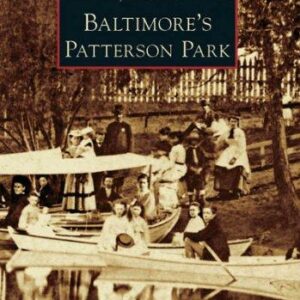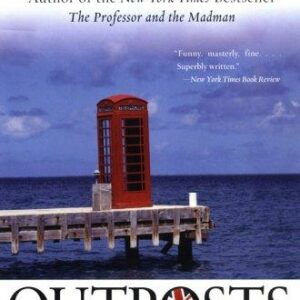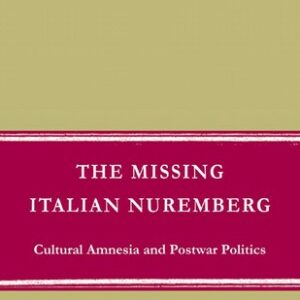American Murder Houses
$18.00
| Title | Range | Discount |
|---|---|---|
| Trade Discount | 5 + | 25% |
- Description
- Additional information
Description
There are places in the United States of America where violent acts of bloodshed have occurred. Years may pass—even centuries—but the mark of death remains. They are known as Murder Houses.
From a colonial manse in New England to a small-town home in Iowa to a Beverly Hills mansion, these residences have taken on a life of their own, gaining everything from local lore and gossip to national—and even global—infamy.
Writer Steve Lehto recounts the stories behind the houses where Lizzie Borden supposedly gave her stepmother “forty whacks,” where the real Amityville Horror was first unleashed by gunfire, and where the demented acts of the Manson Family horrified a nation—as well some lesser-known sites of murder that were no less ghastly.
Exploring the past and present of more than twenty-five renowned homicide scenes, American Murder Houses is a tour through the real estate of some of the most grisly and fascinating crimes in American history.
INCLUDES PHOTOGRAPHS Steve Lehto is a writer and attorney. Licensed in Michigan, he was also an adjunct professor at the University of Detroit Mercy School of Law for ten years. He has written several books, including Death’s Door: The Truth Behind Michigan’s Largest Mass Murder, Chrysler’s Turbine Car: The Rise and Fall of Detroit’s Coolest Creation, and most recently, Drawn to Injustice with Timothy Masters.***This gallery is from an advance uncorrected proof***
Copyright © 2015 Steve Lehto
Foreword
On a sunny weekend in January 2013, I visited Miami Beach and had lunch with a friend at the News Café on Ocean Drive. I was in the process of finishing this book on American murder houses and knew that one such house was within walking distance of where we were sitting: the home that had been owned by Gianni Versace. In fact, Versace had walked from his home to the News Café on the morning of July 15, 1997, and it was on his return trip that he was gunned down on his front steps by a serial killer named Andrew Cunanan. After lunch, my friend and I walked up the street toward the mansion, the same path Versace took that fateful day. Versace’s walk would have been a little easier; he was walking on a Tuesday morning when the foot traffic would have been a bit lighter than what we encountered.
Ocean Drive along this stretch of Miami Beach is a beautiful wall of Art Deco buildings facing the water, most of them restaurants and hotels. Tucked in among them is one home: the mansion where Versace lived. The day we walked by, the mansion was being operated as an upscale hotel and restaurant. I wondered if many people would know or remember that Versace was murdered there fifteen years ago?
As we approached the house we noticed people standing in front of the mansion’s black iron gates, posing for pictures. A security guard stood just inside the gates, keeping an eye on the visitors and the front of the building. As one group of tourists would leave, another would wander by. Invariably, the passersby would look around, pose for pictures in front of the gates, and move on. Did all these people know about Versace and that he had died here? Apparently so. There were no signs on the spot and nothing to indicate who used to own the home or who might have died here. And still, there was a steady stream of visitors to the front steps, many getting their pictures taken in front of a pair of otherwise bland-looking metal gates.
This, a decade and a half after Gianni Versace’s murder, was a testament to the attraction of the murder house. There is no question that Americans are fascinated with murder houses and always have been. After a murder hits the news, people are seemingly drawn to the scene of the crime. One of the most common postmurder images on the news is of the curious gathered in front of a house, sometimes holding a vigil in remembrance of the dead. Some may be there to comfort survivors, and sometimes friends and relatives comfort one another. Neighbors often join those who have traveled to come see the crime scene. Eventually, the number of people in front of the home will dwindle, but the murder house will always retain a certain stigma and attract attention long after the vigils end. Nowadays, websites are devoted to murder houses, with aficionados often checking in and telling of recent visits and observations.
But what makes anyone want to go and look at a murder house, after the police tape has been removed and the reporters have moved on to other stories? It is hard to say. Americans have a fascination with crime. True-crime programs on television are quite popular and there is always a certain amount of drama in any murder case. What would drive someone to kill another person? What if the accused didn’t do it? Imagine the horror of being charged with a crime you didn’t commit. What about the unsolved crimes? If the murderer is still out there, will he strike again? Each murder seems to raise questions like these and more. Once the crime scenes have been studied and the trials completed, all that remains for the curious is the murder house.
This book is a collection of twenty-nine well-known murder houses from around the country. They run the spectrum of time, from the 1830s to the twenty-first century. Some were home to famous people who were murdered; others were homes for regular, nonfamous people who only became famous for how they died. In some, the killers were much more famous before the murders than the victims. Not all the crimes were solved. For example, people still argue about whether Lizzie Borden hacked her parents to death with a hatchet. Not all killers were brought to justice; many people have strong beliefs about who killed Nicole Brown Simpson and Ronald Goldman, but no one was ever convicted for their murders. The Los Angeles Police Department famously announced it had no intention of looking any further for their killer; to them, the case was solved.
Some of the murder houses have murkier histories. At least one famous murder house is on lists like these only because of a hoax. The legend surrounding the house was invented from thin air; we do not know who started it or why, but today people go and look at the house where no one was murdered— because they have heard that people were killed there in a most spectacular and gruesome manner. In that instance I explain what we do know about the home and where the story most likely sprang from. If I hadn’t, it would have appeared to be a glaring omission to those who had heard of it but did not know it was a hoax.
Some murder houses became famous only because of books written about the murders that occurred in them. Truman Capote thrust the Clutter house of Holcomb, Kansas, into the public eye with his book In Cold Blood. The family that briefly lived in the DeFeo house in Amityville, New York, wrote a book—which they claimed was a true story—about their former home and how it was possessed by evil spirits. The evil spirits were not real, but the DeFeos, who had been murdered in the house before the Lutz family “fled” from the house, were all too real. The story of their murder house’s alleged haunting has overshadowed the DeFeos’ own sad end.
Many other murder houses have been demolished or are long gone. A few of them are mentioned in this book but are not featured. Some probably would have been knocked down regardless of their history, but others most certainly were leveled to erase the stigma of the home’s past. The Hale-Bopp “Heaven’s Gate” house is one example. The Sharon Tate murder house was razed decades after the Manson family killed its occupants, and the home owned by John Wayne Gacy has long since been replaced with another home on the same lot where Gacy buried many of his victims. More than a few famous murder houses have burned down, some under mysterious circumstances. That of Ed Gein, for instance, burned down not long after he was arrested. Arson was suspected, and considering the gruesomeness of his crimes—he killed and gutted one victim, and also admitted digging up and stealing bodies from the local cemetery—no one in the community bothered to find out who did it.
As of this writing, the homes described here are still standing. The following accounts and descriptions of the most well-known American murder houses and the murders that put them on this list are as factual as possible. Each chapter is followed by a reference or two indicating a good starting place for a reader who wants to see more information on a given murder house.
Keep in mind that most of these houses are owned by private individuals who are not seeking any particular attention. Still, many of these houses can be seen without intruding onto the property. If you choose to go look at any of them, you should be careful to remain on public property. The few houses that are open for tours are noted, and, of course, you can inspect those houses to your heart’s content. Included here are the addresses and many other details of the houses, all available from public sources with a little bit of digging. These cases were well publicized and the information is public and out there for anyone to obtain. Even so, please respect the privacy of the owners. Their homes have been through a lot.
US
Additional information
| Dimensions | 0.8600 × 5.5000 × 8.2000 in |
|---|---|
| Imprint | |
| ISBN-13 | |
| ISBN-10 | |
| Author | |
| Audience | |
| BISAC | |
| Subjects | SOC004000, horror books, history gifts, halloween books for adults, nonfiction books, horror gifts, true crime books, true crime gifts, murder books, murderer, criminology books, criminology, non fiction books best sellers, serial killer gifts, american horror story, bloodshed, murder house, halloween gifts for adults, serial killer, true crime, HIS054000, american history, horror, Halloween, American, halloween books, serial killers, crime, frank lloyd wright, biographies, homicide, scary stories, serial killer books, true crime book, New Orleans |


